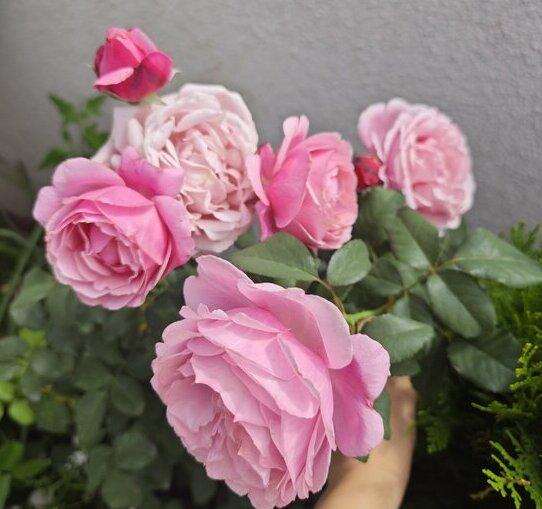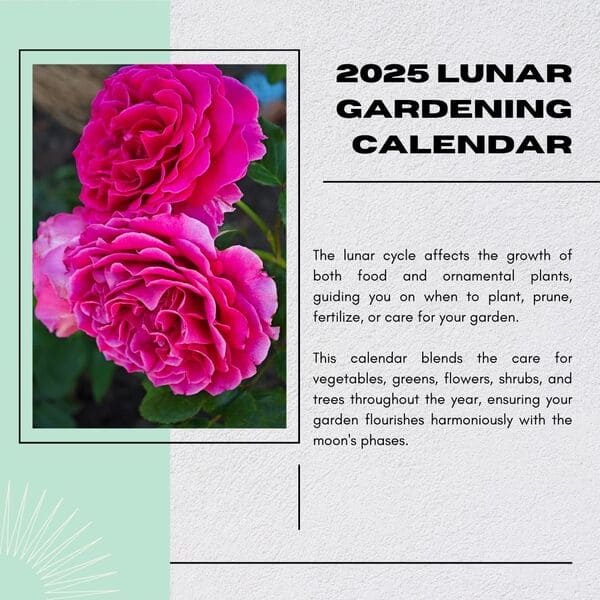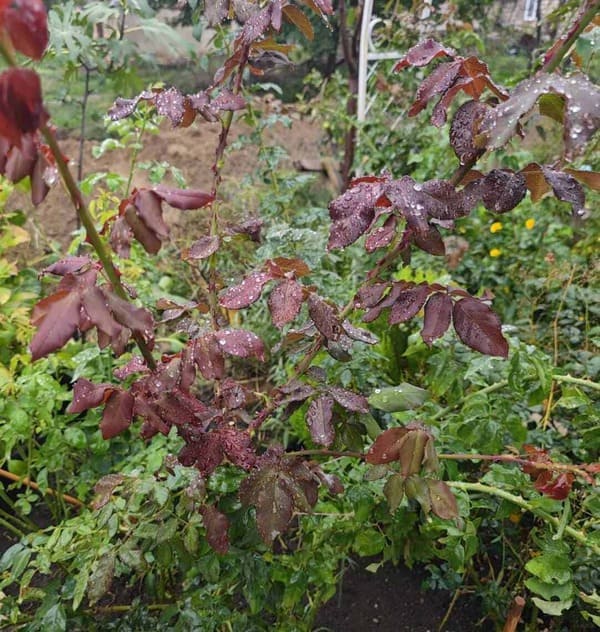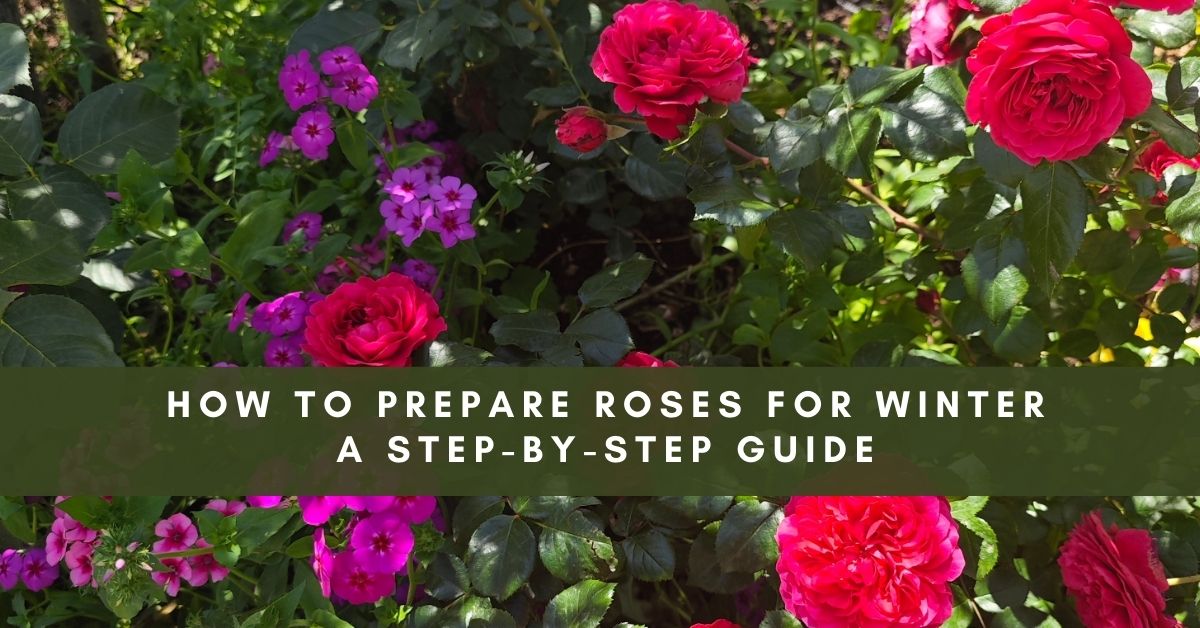As I stroll through my garden, I’m always enchanted by the delicate petals and the soft fragrance of the roses that fill the air. But as the weather shifts and the excellent bite of winter approaches, I’m reminded that these beautiful blooms need special attention to make it through the cold months. Preparing roses for winter isn’t just a routine chore—it’s about nurturing their resilience and giving them the care they need to thrive when spring returns. In this guide, I’ll share how to prepare your roses for winter so they emerge more robust, healthier, and even more vibrant once the snow melts.
Understanding Roses' Winter Needs
Preparing a plant for winter is a crucial stage in any plant’s life; roses are no exception. The process may seem complex initially, but it becomes much easier to implement once you understand the basics. The key principle to remember is this: when we prepare a plant for winter, we’re also preparing it for spring. If your roses don’t overwinter well, they can weaken, leading to diseases, poor flowering, and slow development. Here’s what you need to know to ensure your roses are ready for winter.

Step 1 – Feeding and Watering: Setting Your Roses Up for Success
Before winter arrives, feeding and watering your roses properly is essential. This is the foundation of helping them build the strength they need to survive the cold. The goal is to create a cumulative effect of vital nutrients and moisture within the plant.
Why Moisture Matters to Prepare Roses for Winter
Even in winter, plants, including roses, evaporate small amounts of moisture. The shoots will dry out if the ground freezes and the roots can’t access water. This can even happen under a protective cover if the plant isn’t saturated with enough moisture beforehand. One of the most important things you can do is give your roses a deep, thorough watering in the fall. This moisture will help keep the roots hydrated during winter when the plant can’t quickly draw water from frozen ground. Without this step, your rose shoots may dry out and become more vulnerable to damage.
Step 2 – The Role of Sugars and Minerals Here's something
Here’s something fascinating: just like salt lowers the freezing point of water on roads, the minerals and sugars inside a plant help it endure cold temperatures. As winter approaches, the rose must accumulate these vital elements to survive the frost. To achieve this, we must feed the plant gradually. A single feeding or watering won’t cut it—consider giving several rounds of both, ideally around three times before winter. This allows the rose to absorb and store the minerals and sugars it needs to endure the cold.
Step 3— Potassium: The Essential Transporter
Potassium is essential in winter preparation. This nutrient helps transport the sugars and minerals that protect the plant from freezing temperatures. Without potassium, your roses won’t be able to properly distribute these protective elements to all parts of the plant.
Timing is Everything.
To ensure your roses accumulate enough potassium, feed them when the leaves are still green but beginning to fall. For many northern regions, this means starting around the end of August. The earlier you begin feeding, the more time the plant accumulates these vital nutrients. Magnesium and phosphorus are also essential. Magnesium helps create and transport sugars, while phosphorus strengthens the root system, especially since it takes about six months to become fully available to the plant.

Get Your Free Lunar Gardener's Calendar 2025!
Join the Lunar Gardening Revolution! Subscribe now to receive our exclusive Free Lunar Gardener’s Calendar for 2025. Harness the power of the moon to optimize your planting, nurturing, and harvesting.
Step 4 – Mulching and Covering
Protecting the Roots Once your roses are well-fed and hydrated, it’s time to protect them physically from the winter chill. However, it’s essential to understand when and how to cover roses, as doing it too early or under the wrong conditions can cause more harm than good.
When and At What Temperatures to Cover Roses
A common mistake many gardeners make is covering roses too early, which can trap excess moisture and cause the plant to rot. The key is to wait until the temperatures have consistently dropped to around 20°F (-6°C) or lower at night and the plant has had time to adjust to the cooler temperatures gradually. When the weather still fluctuates, covering roses prematurely can lead to suffocation, moisture buildup, and mold growth.
Signs Your Rose is Ready for Winter Covering
The first few hard frosts have passed, and the plant has started to enter dormancy. The leaves have fallen, and the stems have hardened. Temperatures have consistently remained below freezing for several days without rebounding.
Choosing the Right Cover
In colder regions, you may need to add a protective cover, such as burlap or rose cones. Burlap is breathable and can be wrapped around the rose bush loosely, while rose cones provide a structured shelter. However, it’s essential to ensure some airflow under the covering to prevent moisture from building up inside, which can damage the plant.
Mulching alone may be sufficient in temperate regions or areas with milder winters. Mulch is a blanket that insulates the soil and protects the roots without suffocating the plant. Organic mulches, such as shredded leaves, straw, or compost, are excellent choices.
Step 5 – Ripening the Shoots
Avoiding Necrosis and Disease One of the most critical factors in preparing roses for winter is ensuring that the shoots are mature and ready to handle the cold. If the shoots aren’t fully ripened, they’re at risk of developing necrosis, which is when the tissues die. This can lead to infections that weaken or kill the plant.
Monitoring the Maturity of Your Rose Shoots
An unripened shoot is particularly vulnerable in winter. The best way to prevent this is to ensure that your roses receive adequate sunlight and nutrition throughout the growing season, which promotes healthy shoot development. As mentioned earlier, potassium is crucial in ripening the shoots and preparing them for winter dormancy.

Preparing for Winter, Anticipating Spring
Preparing your roses for winter isn’t just about surviving the cold—it’s about setting the stage for a healthy, vibrant garden in the spring. Each step, from feeding and watering to mulching and ensuring the shoots are mature, contributes to the plant’s long-term health. If your roses overwinter well, they’ll reward you with lush blooms and strong growth when the warmer months return.
However, not all regions require heavy winter protection for roses. In milder climates, mulching alone is often sufficient. In colder areas, waiting for the right moment to cover your roses—after a few hard frosts and when temperatures consistently remain below freezing—is essential for preventing unnecessary damage.
Ready for Spring
The effort you put in now will lead to a garden bursting with life, color, and fragrance when spring finally arrives. So grab your gardening gloves, mix up some potassium-rich fertilizer, and give those roses the best chance to flourish come springtime. They’ll thank you for it when they bloom with even more incredible beauty.




